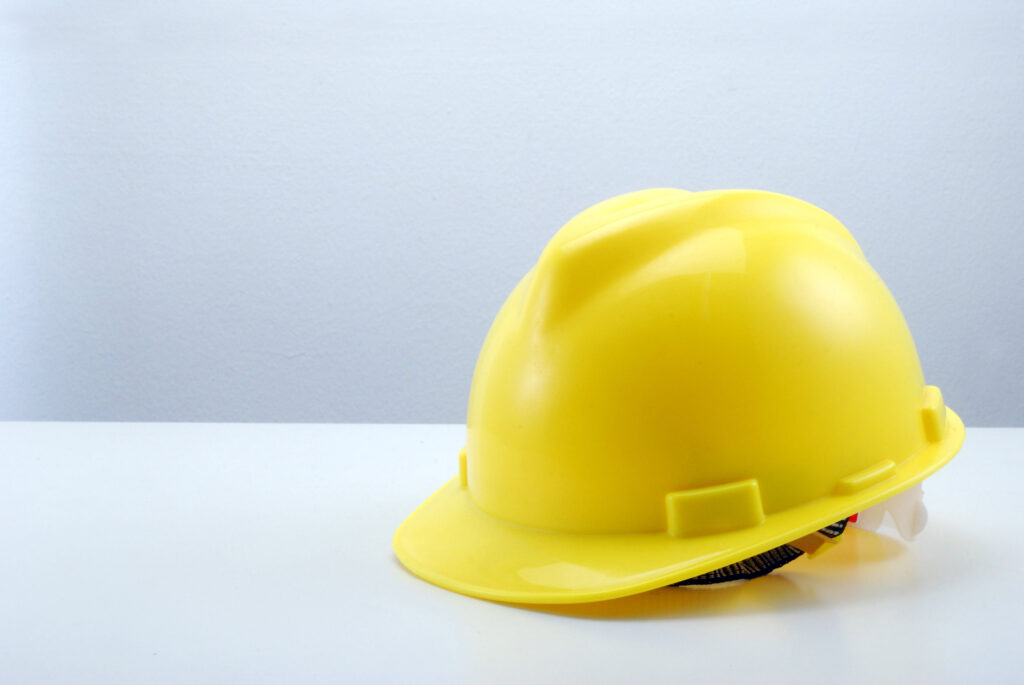Safety in the workplace is paramount, especially in industrial settings where the risks of head injuries are high. Industrial safety helmets, commonly known as hard hats, are a critical component of personal protective equipment (PPE). They protect workers from head injuries caused by falling objects, electrical hazards, and other workplace dangers. This comprehensive overview explores the importance, types, features, and maintenance of industrial safety helmets.
Introduction
Industrial environments, such as construction sites, manufacturing plants, and mining operations, are fraught with potential hazards. Protecting workers from these risks is a top priority, and one of the most effective ways to do this is by ensuring they wear industrial safety helmets. These helmets are designed to absorb and dissipate the force of impacts, thereby reducing the likelihood of serious head injuries.
The Importance of Industrial Safety Helmets
- Protection from Falling Objects: One of the most common hazards in industrial settings is falling objects. Whether it’s tools, debris, or building materials, a falling object can cause severe head injuries. Industrial safety helmets provide a robust barrier between the object and the worker’s head, significantly reducing the risk of injury.
- Prevention of Concussions and Brain Injuries: Even minor impacts can result in concussions or traumatic brain injuries. Safety helmets are engineered to absorb and distribute the force of an impact, minimizing the damage to the brain.
- Protection Against Electrical Hazards: Certain industrial environments expose workers to electrical hazards. Safety helmets designed with non-conductive materials provide essential protection against electric shocks.
- Compliance with Safety Regulations: Wearing industrial safety helmets is often mandated by safety regulations and standards. Compliance with these regulations not only ensures worker safety but also helps avoid legal penalties for the employer.
Types of Industrial Safety Helmets
- Class A Helmets: These helmets offer impact and penetration resistance along with limited voltage protection (up to 2,200 volts). They are suitable for general construction work.
- Class B Helmets: Providing the highest level of protection against electrical hazards (up to 20,000 volts), Class B helmets are ideal for electrical workers.
- Class C Helmets: Designed for comfort and lightweight protection, Class C helmets offer impact protection but no electrical protection. They are suitable for environments where electrical hazards are not a concern.
Find out more about the: Types of Industrial Safety Helmets

Key Features of Industrial Safety Helmets
- Durable Shell: The outer shell of the helmet is typically made from materials like high-density polyethylene (HDPE) or polycarbonate, which offer excellent impact resistance.
- Suspension System: The suspension system inside the helmet helps distribute the force of an impact across a larger area, reducing the risk of injury. It also provides a comfortable fit.
- Chin Straps and Brims: Chin straps ensure the helmet stays securely in place, while brims offer additional protection from the sun and falling debris.
- Ventilation: Some helmets feature ventilation to keep the wearer cool, which is especially important in hot and humid environments.
Maintenance and Inspection of Safety Helmets
- Regular Inspections: Inspect helmets daily for cracks, dents, or other signs of damage. Any helmet showing signs of wear should be replaced immediately.
- Cleaning: Clean helmets regularly with mild soap and water. Avoid using harsh chemicals that could degrade the materials.
- Storage: Store helmets in a cool, dry place away from direct sunlight and chemicals to prevent deterioration.
- Replacement: Helmets should be replaced periodically, even if no damage is visible. Manufacturers typically recommend replacing helmets every 3-5 years, depending on use and exposure to harsh conditions.
Training and Compliance
Employers should provide comprehensive training on the proper use, adjustment, and maintenance of industrial safety helmets. Workers need to understand the importance of wearing helmets correctly and regularly checking them for damage. Training should be ongoing, with regular refreshers to ensure compliance.
Partnering with a Reliable Supplier
Choosing a reputable industrial safety helmet supplier in Malaysia is crucial for ensuring the quality and reliability of the helmets. A good supplier will offer a range of helmets that meet international safety standards, provide expert advice, and offer after-sales support.
Conclusion
Industrial safety helmets are an essential part of workplace safety in hazardous environments. They protect workers from a range of potential injuries, from falling objects to electrical shocks. Ensuring that helmets are properly fitted, regularly maintained, and used in compliance with safety regulations is critical. Partnering with a trusted industrial safety helmet supplier in Malaysia can ensure that you have access to high-quality protective gear that meets all safety standards.




